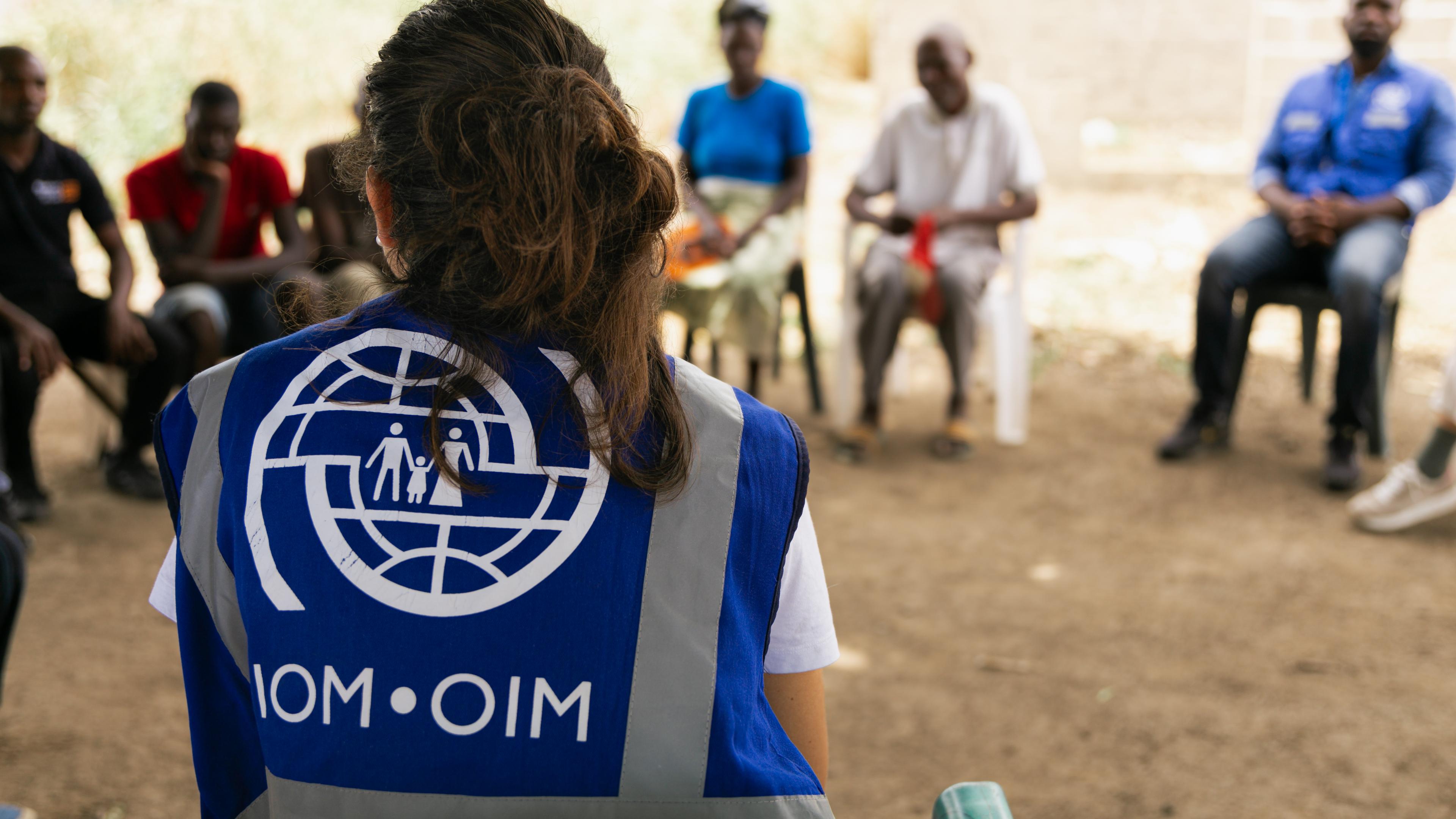Sustainable access to finance for greener shelters and settlements
 © IOM
© IOMWhat is the challenge?
Displaced populations often endure harsh living conditions, lack access toadequate shelter and clean energy and are exposed to protection risks.
In Cox’s Bazar, IOM has invested in various green interventions to reduce the use of fossil fuels and to address the needs of the Rohingya refugees. The interventions include the provision ofLiquified Petroleum Gas (LPG), a cleaner and safer alternative tofirewood, but requiring a regular and reliable supply chain and sustainedfunding, solar lamps and solar streetlights ensure safe access to servicesfor all and reduce protection risks but are severely underfunded. Parallelly,IOM has invested in other initiatives like the bamboo treatment facility, thesolarization of facilities, the substitution of cement by lime in infrastructureto reduce the environmental impact of its operations and theimplementation of Nature-Based Solutions including tree plantationfor Disaster Risk Reduction and environmental restoration.
Securing sustainable funding to support the further scaling of these interventions is challenging.This project will address this challenge byleveragingsustainable finance, like carbon finance, to ensure the continuityand scalability of these interventions in a protracted crisis context withlimited funding.
Humanitarian actors need to leveragecarbon finance for humanitarian interventions that reduce the use of fossil fuels and promote green alternatives. This approach has been used in various contexts, such as renewable energy, forestry, and waste management, but less often in humanitarian settings, where the needs and opportunities are often overlooked.
What is innovative about the project?
The project seeks to leverage carbon finance for humanitarian interventions that reduce the use of fossil fuels and promote green alternatives. It will explore additional financing mechanisms and mobilize IOM's expertise to close the gap in areas such as data collection, documentation of social improvements, and co-create solutions that are both innovative and practical with private sector partners, including tech firms, financial institutions, and social enterprises. By exploring and strengthening the link between carbon footprint reduction and social impacts, IOM can provide its expertise and work in partnership with the private sector to build premium carbon credit projects or other products that will be more appealing in the markets.
The project will focus on IOMs interventions in Cox’s Bazar.
What are the expected outcomes?
The project aims to ensure improved living conditions, access to humanitarian services, and protection of displaced populations while preserving the environment. It will contribute to the improvement of living conditions of displaced populations by ensuring sustainable financing for green interventions in shelters and settlements. The project will also develop a toolkit for blended finance applied to green interventions in shelter and settlements with a guide for expansion and replication.
Who are the project partners?
The project is led by IOM who will seek partnerships with humanitarian actors as well as private sector partners.